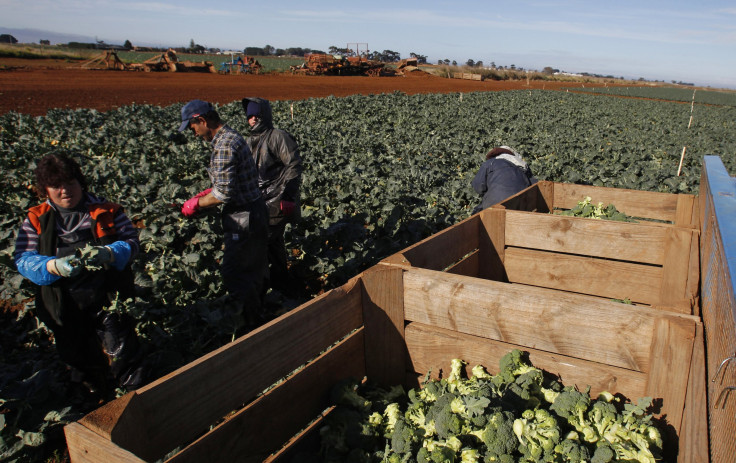CSIRO dismisses Australia's key carbon model, calls it 'flawed'

A new research, conducted by a team of researchers at the Commonwealth Scientific and Industrial Research Organisation (CSIRO) Australia, suggests that the nation's method of assessing the amount of carbon held by its soil is flawed.
According to the researchers, the flawed technique used by Australia undermines the credibility of government programs to pay the farmers to isolate the element that induces climate change.
For a number of years, the government initiatives have spent millions of dollars to make sure that farmers take steps to boost carbon levels in soil for increased productivity and reduced greenhouse gar emissions. Some of these programs include Abbott-Turnbull government's Direct Action climate policy and Gillard government's Carbon Farming Initiative.
However, according to the peer-reviewed research published in the journal Nature Climate Change, the model used by Australia and other nations to calculate the carbon storage does not take into account soil and wind erosion. The researchers say that the carbon sink has been overestimated by as much as 17 per cent since the last 100 years.
Lead researchers of the study, Adrian Chappell, says that not considering wind and soil erosion greatly undermines the carbon accountability. The uncertainty about how much carbon is being trapped in the soil is unnecessarily increased as well, reports the Sydney Morning Herald.
Chapell further explains that some farmers may not see any increase in the carbon even though they follow standard farming practices because their soil is being carried away elsewhere. On the other hand, farmers in the valleys might be unduly rewarded because of the excessive accumulation of carbon blown or washed in their land.
Contact the writer at feedback@ibtimes.com.au, or let us know what you think below.




















